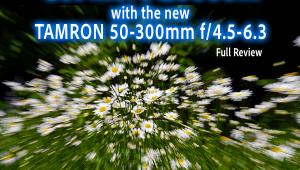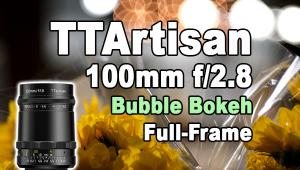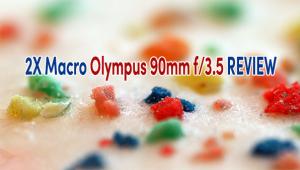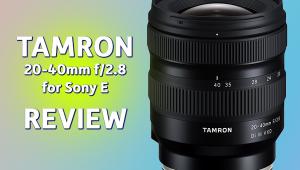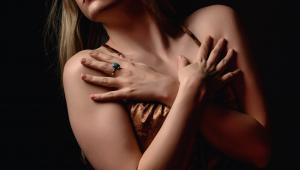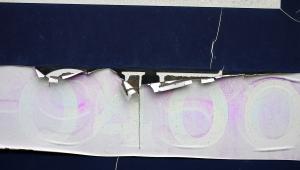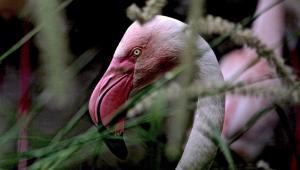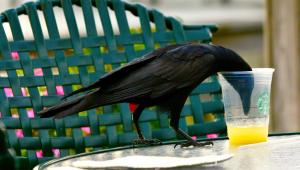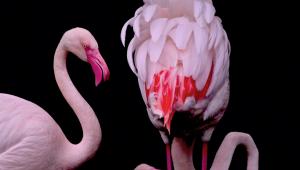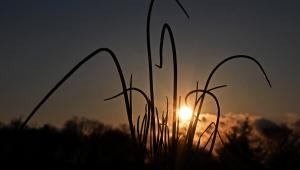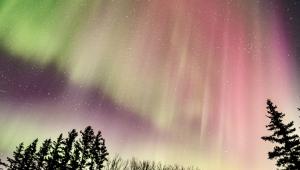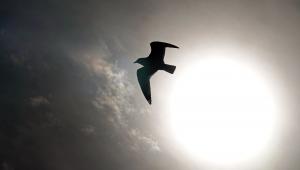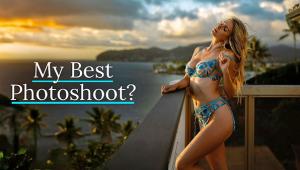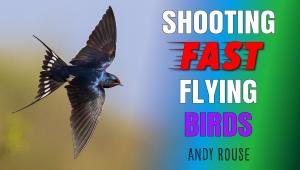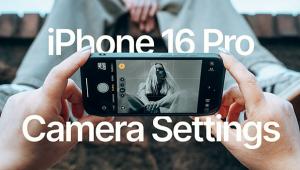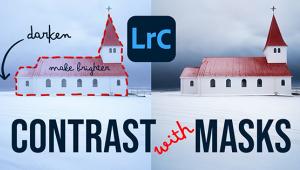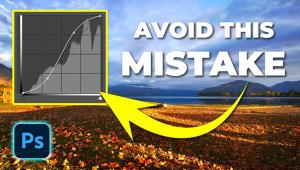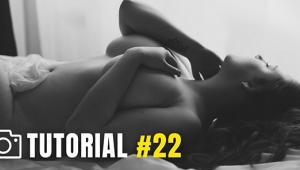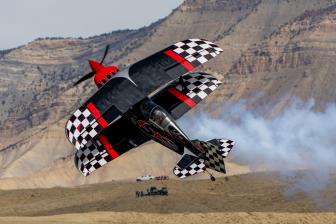Zeiss ZV Lenses For Hasselblad; Classics In The Modern Age
What is the appeal of "retro" photography? I mean, surely, hasn't everyone "gone digital" nowadays? And equally surely, wouldn't you admit that the three new ZV Classic lenses from Zeiss, for traditional Hasselblads, are as retro as they come?
The answer is no, on both counts.
 |
First, film has no more been killed by digital than painting was killed by photography, despite the famous statement from Paul Delacroix, on seeing his first daguerreotype, that "From today, painting is dead." There is a distinctive look to the best film photography that is difficult or (aficionados will say, and with good cause) impossible to replicate digitally. It's a bit like the difference between roast beef and ice cream. Which is better? It's a meaningless question.
Second, you can get very good high-megapixel digital backs for classic Hasselblads. This is cheaper than buying a new system, and has the additional advantage that you can carry on using the cameras you know and love. With one difference--the lack of the manually adjusted floating element on the 50mm f/4--the ZV lenses are optically identical to the latest CFi/CFE lenses.
In all fairness, I have to say that I suspect that more ZV lenses will sell to classic film aficionados than to those with digital backs on their old 'Blads, or to buyers of the "classic" 503CXD, but this may be to the loss of the digital users: the 120 Makro-Planar in particular offers a truly astonishing level of performance.
When I received these lenses for test (along with a Hasselblad 503CX), I hadn't used a Hasselblad in 20 years. I gave them up in the mid-1980s, when it was still the norm to send publishers transparencies for scanning. The mayhem that an insensitive art director or layout artist can wreak upon square trannies, through insensitive cropping, is not something to mention in polite company.
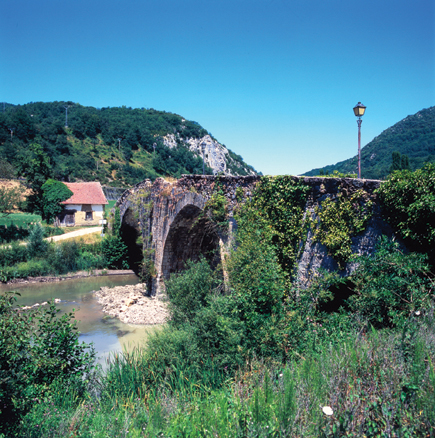 |
|
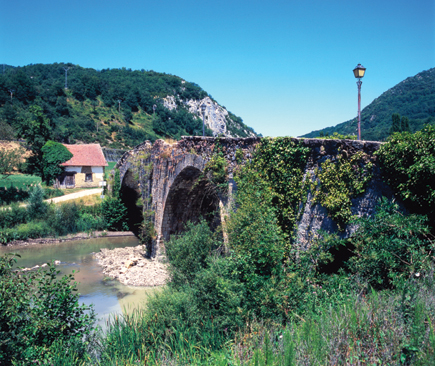 |
|
|
Everything came back, very quickly. A 500-series Hasselblad really is a lovely little camera, significantly smaller with its standard 80mm f/2.8 Zeiss Planar than many monster modern SLRs, be they digital or 35mm. And the new Zeiss Classic lenses greatly extend its versatility.
All share the same maximum and minimum apertures, f/4 to f/32, with half-stop detents. You can choose a wide angle, the 50mm Distagon, roughly equivalent in 35mm terms to 28mm; a super-sharp close-focusing lens, the 120mm Makro-Planar, roughly equivalent to 65mm; and a general-purpose lens of a little over twice the "standard" focal length, the 180mm Sonnar, roughly equivalent to 100mm. Equivalents are necessarily approximate because the formats are different shapes: crop one side of the 6x6cm format to match the shape of 35mm (56x37mm), and the equivalents are near enough 32mm for the 50mm, 77mm for the 120mm, and 115mm for the 180mm.
Each is fitted with its own Prontor leaf shutter (1 second to 1/500 sec + B) and is mounted in an all-metal barrel of enormous robustness, reminiscent of a bygone age. They can also be used with focal-plane shutter Hasselblads such as the 2000F, with some loss of convenience. Filter threads for all three are 67mm, with an external bayonet mount for the lens shade. Unlike many Zeiss Hasselblad lenses, they do not use a Hasselblad-unique bayonet fitting for the filter, too.
 |
|
 |
|
|
Few professionals would want all three lenses, because few would need them. Most Hasselblad users take a particular kind of picture, and know what lens(es) they want. There is obviously no overlap between applications for the 50mm Distagon and the two longer lenses; which of the latter you would choose would depend on your needs and preferences.
For example, you could shoot fashion with either, but most might prefer the 180mm Sonnar, and you could do product shots with either, but most might prefer the 120mm Makro-Planar. For copying, the Makro-Planar would be the obvious choice; for landscapes in color I'd prefer the Sonnar, but I found myself using the Makro-Planar a lot in monochrome. The 180mm f/4 Sonnar is better corrected for close-ups than the 150mm f/4 Sonnar (not available in the Classic range). And so forth.
Although 2/9 life size on the film (1:4.5, subject area 246mm square, a bit under 10" square) is not in the realm normally called "macro," the long-throw focusing mount of the Makro-Planar allows you to get as close as many people need, and close enough to need half a stop of extra exposure when the lens is wound all the way out: there is a rule of thumb that adds 1/3 of a stop at 10 focal lengths.
 |
|
|
Then you realize that all focus to 10 focal lengths or less: 50cm for the 50mm (10x), 80cm for the 120mm (6.7x), and 155cm for the 180mm (8.6x), so all benefit from extra exposure at those limits: 1/3 stop for the 50mm and 180mm, 1/2 stop for the 120mm. There is no meter coupling in a ZV lens, which helps keep the cost down as compared with a CFE lens: but then, many classic Hasselblads don't have meters, so there's nothing to couple to.
There's no need to say much about their performance, which is, of course, stellar, though it is a fair comment that I mostly used the camera on a good, solid tripod (a Manfrotto 190XPROB) and that all cameras and lenses are shown at their best when you do this: many people who look for "magic bullet" lenses would do better to use a tripod more often.
- Log in or register to post comments




